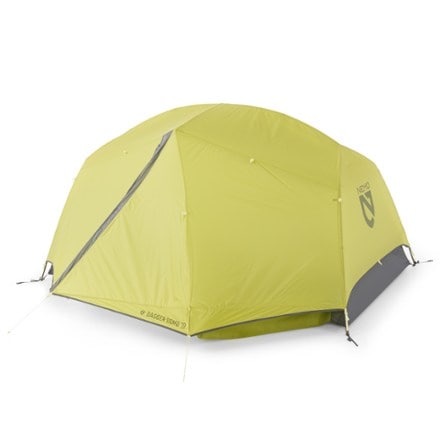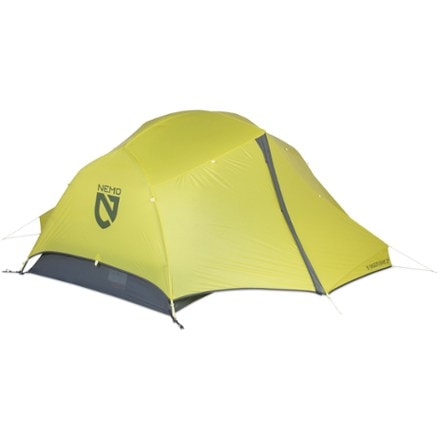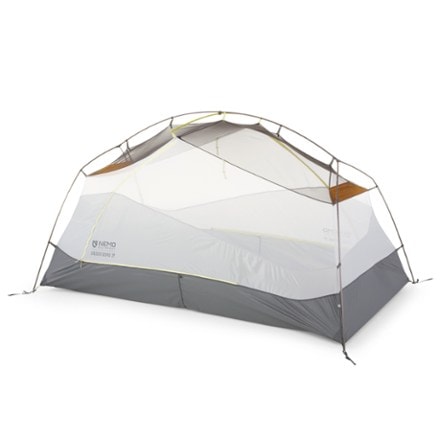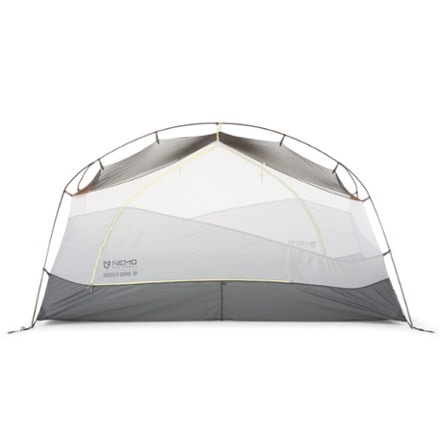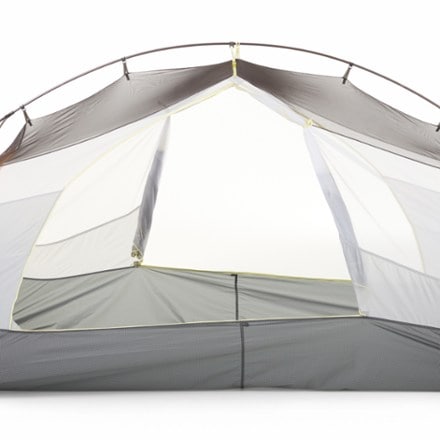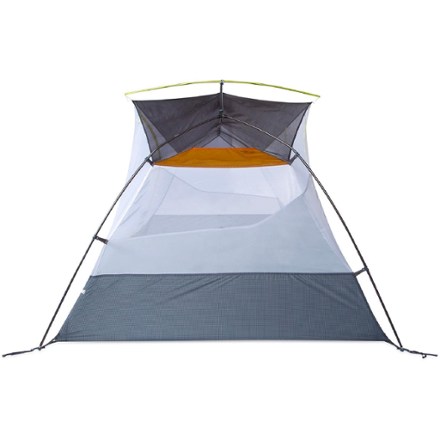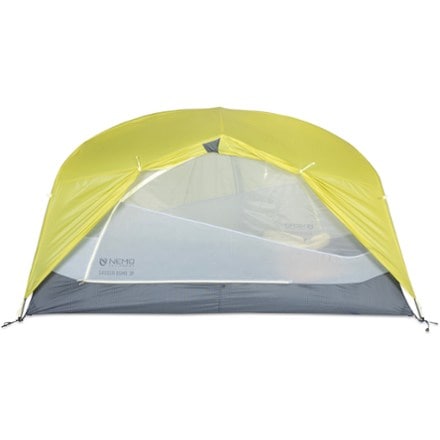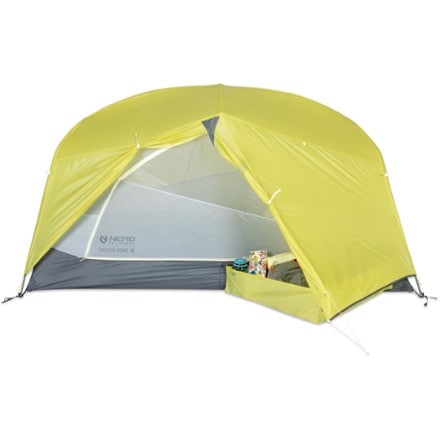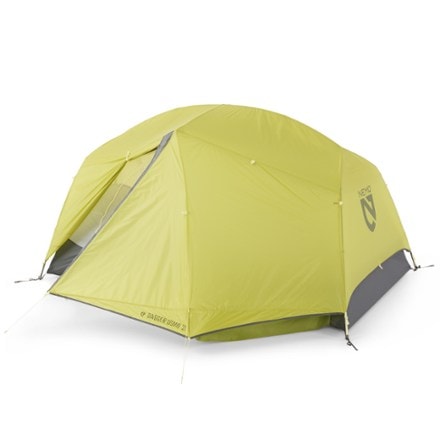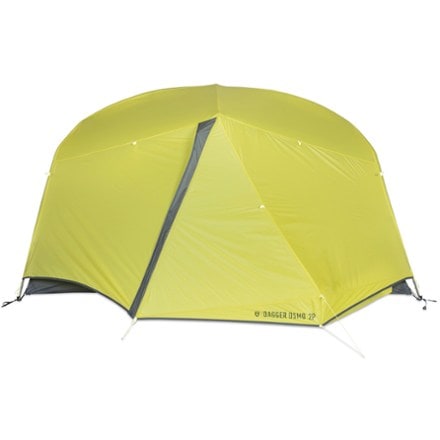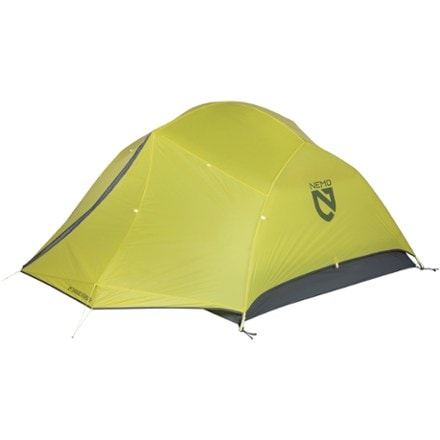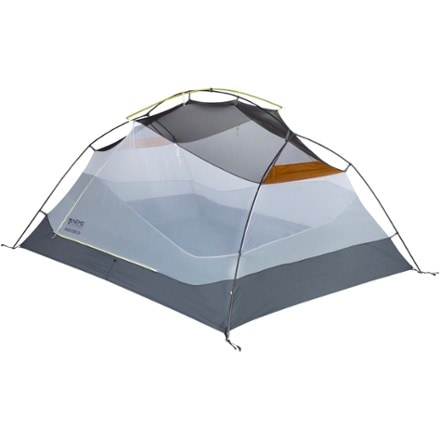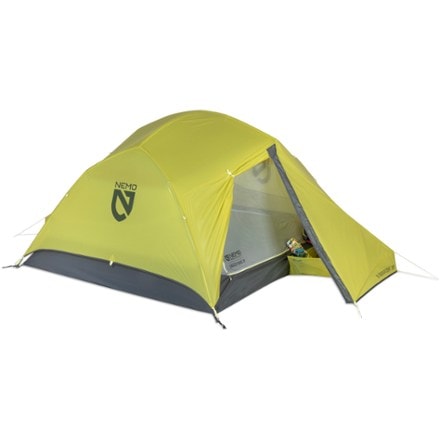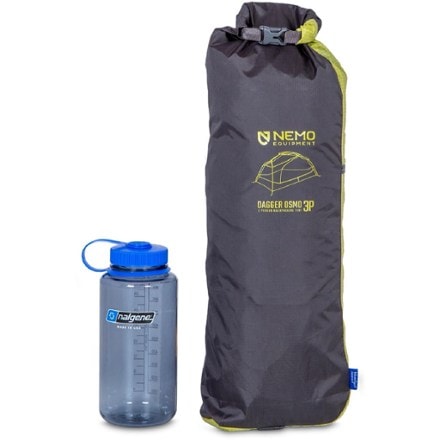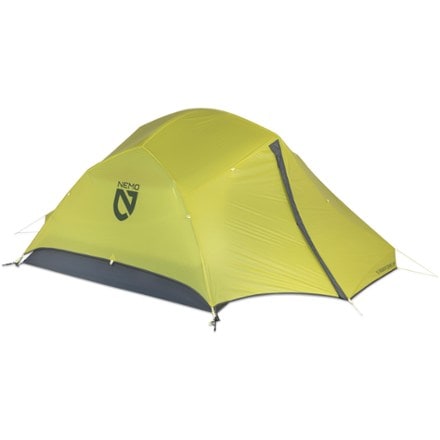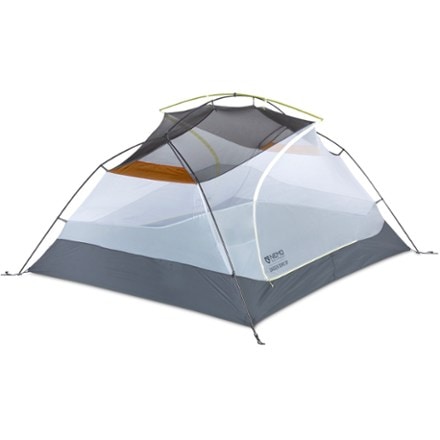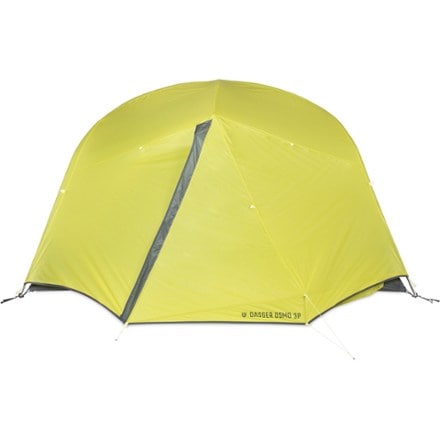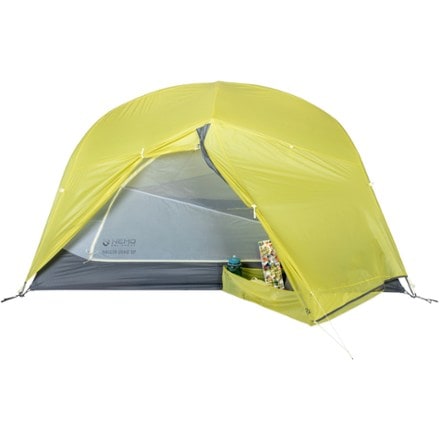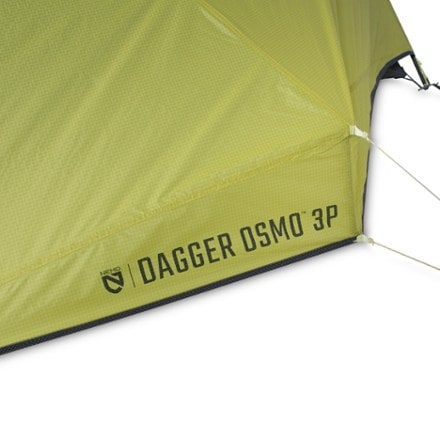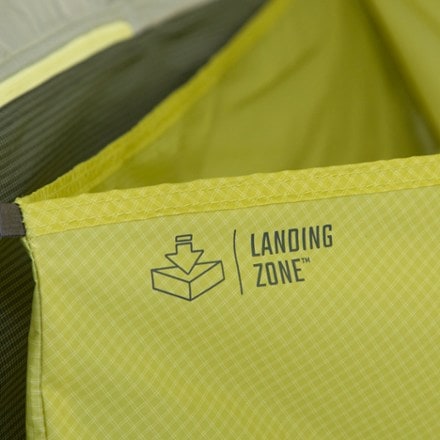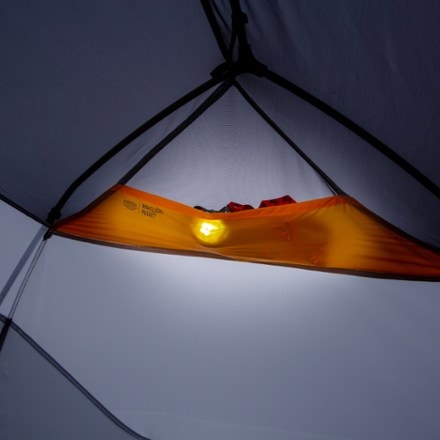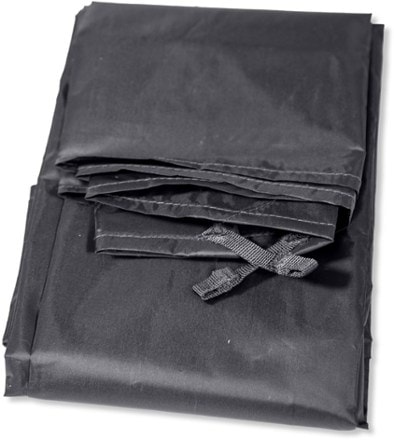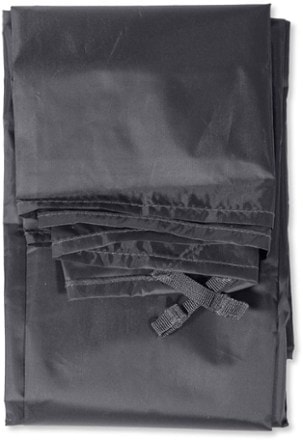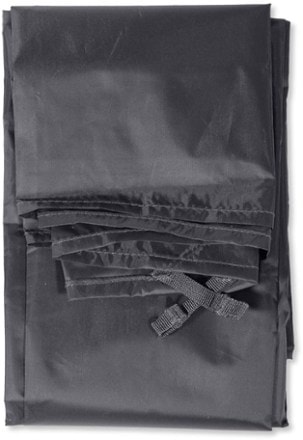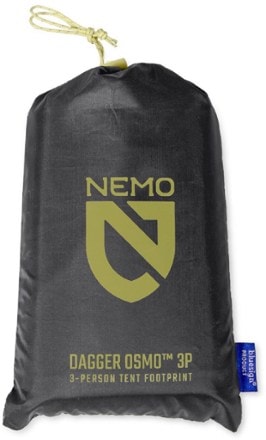NEMO Dagger
(4 products)- Tents (4)
- 3-season (2)
- 0 to 0.49 (1)
- 0.5 to 0.99 (1)
- 3 to 4.99 (2)
- bluesign (4)
- Recycled Materials (4)
- $50.00 to $99.99 (2)
- $500.00 to $749.99 (2)
- Freestanding (2)
- 2 doors (2)
- Top Rated (2)
- Backpacking (4)
- NEMODagger OSMO 2P TentTop Rated$549.95(25)25 reviews with an average rating of 4.7 out of 5 stars
- NEMODagger OSMO 3P Tent$599.95(13)13 reviews with an average rating of 4.2 out of 5 stars
- NEMODagger OSMO 2P FootprintTop Rated$69.95(6)6 reviews with an average rating of 4.5 out of 5 stars
- NEMODagger OSMO 3P Footprint$79.95(4)4 reviews with an average rating of 3.0 out of 5 stars
Related Expert Advice articles
Read full article: The Best Budget Sleeping Pads of 2024: Tested
Read full article: The Best Budget Sleeping Bags of 2025: Tested
What capacity tent do you need?
- How many are in your group? Tents vary in size from 2- to 8-person.
- Assume a close fit for the number of people your tent is designed to accommodate. If you need more space for dogs and gear, size up.
Choose the seasonality
- 3-season tents are great shelters for most of the year. They have ample mesh for good airflow and can withstand basic downpours.
- 3+- season tents are a little sturdier, and with less mesh, and are warmer than their 3-season cousins.
- 4-season tents are engineered to handle high winds and other severe weather. This can make them stuffy in warm weather.
Decide on key features
- Peak height: Look for a taller peak height if you want to stand up in the tent.
- Floor length: Can you fully lie down if you’re tall? Will it fit your cot or air mattress?
- Doors: If multiple people are sleeping in the tent, you might want more than one door for more convenient access.
Read full article: The 9 Best Sleeping Bags for Camping of 2025 | Staff Picks
How will you use the chair?
If you plan to take it backpacking, weight and packed size are key.
For car camping, picnicking, or sitting in your backyard, pick a premium chair that's bigger and as plush as you'd like.
Chairs for backpackers
Camp stools: the lightest and simplest option of all— light but with no back rest.
Two-legged chairs: Your feet act as the front feet of the chair, which saves weight and lets you rock a little.
Pick a camp chair style
Classic camp chair: has four legs, a straight back and a flat seat. Afforable, stable and typically high enough to sit down and stand up with ease.
Low chair: a chair with four short legs that’s good on uneven ground.
Suspended chair: a newer, more pricey style; sitter suspends from the chair frame.
Scoop chair: resembles a sling. Good compromise between lightness and comfort.
Other features to consider:
Price often reflects the quality of the frame and fabric material.
Pay attention to extras such as cup holders, footrests, head and lumbar pads.
What size hammock is best for you?
A single hammock is lighter for backpacking, but less spacious. A double hammock allows two people to share or one person to spread out.
Look for a hammock that is at least 2 feet longer than your height. (This should be most hammocks, unless you’re really tall.)
In what kinds of conditions will you use your hammock?
Heavy-duty fabrics with a high denier count are more durable, while lower-denier models are more lightweight.
Underquilts (sold separately) offer the best insulation for hammock camping in cooler weather, compared to just using a sleeping pad. Rain tarps, hung above the hammock, are also an option to protect from the elements.
If you’d like a bug net, look for models with 360-degree protection and “no-see-um” netting.
Should you consider a hammock tent?
Compared to a traditional tent, a hammock tent requires no level ground for setup, has less impact on ground vegetation, is generally lighter and more compact, and cooler for summer camping.
Hammock tents won’t work without sturdy trees, are colder and less rainproof than a traditional tent, generally not a great option for more than one person to sleep, and have minimal interior storage.

